The Aztecs were a Nahuatl-speaking civilisation inhabiting central and southern parts of what nowadays is Mexico. Their civilisation reached its prime in the 14-16th centuries before the arrival of the Spanish conquistadors that incorporated once vibrant society into the Spanish Empire.
The Aztecs are famous for their outstanding system of agriculture and irrigation that contributed to their development and might.
They are also notorious for their shocking and gory rituals that include human sacrifice - including heart-extraction.
Make sure not to miss Sputnik's photo gallery showing the cultural heritage of the Aztec Empire in all its glory.

Mexico City. Palacio Nacional. Mural by Diego Rivera showing life in Aztec times e.g. religious life in Tenochtitlan.
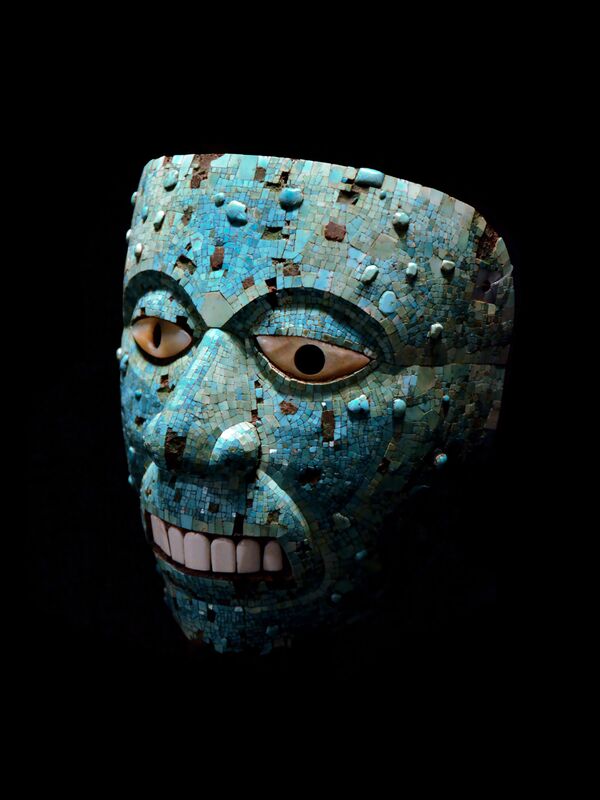
Remnants of Former Glory: A Look Back at Enigmatic Aztec Civilisation
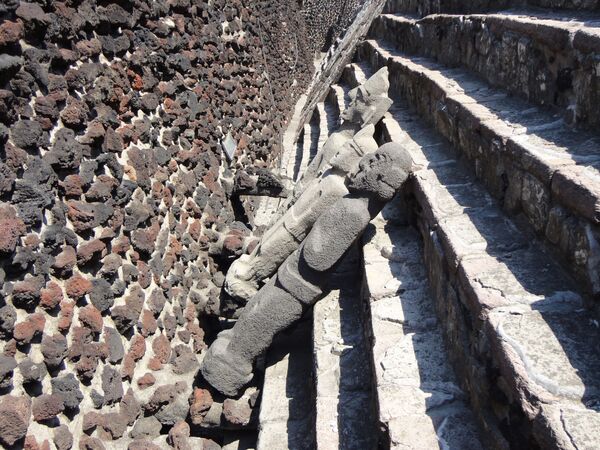
Sculptures in the Templo Mayor, the historical centre of Mexico City
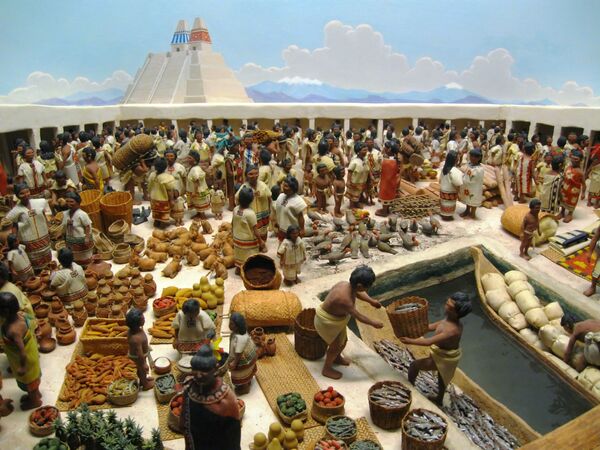
Remnants of Former Glory: A Look Back at Enigmatic Aztec Civilisation
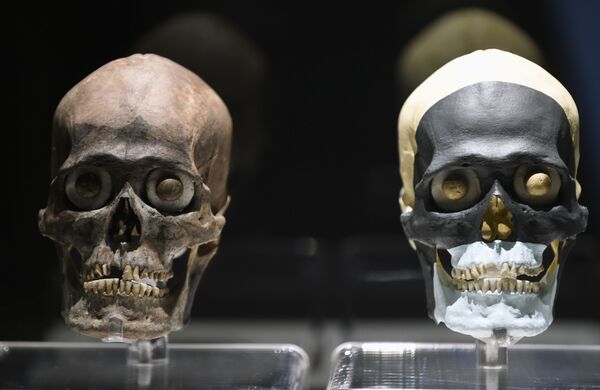
Remnants of Former Glory: A Look Back at Enigmatic Aztec Civilisation
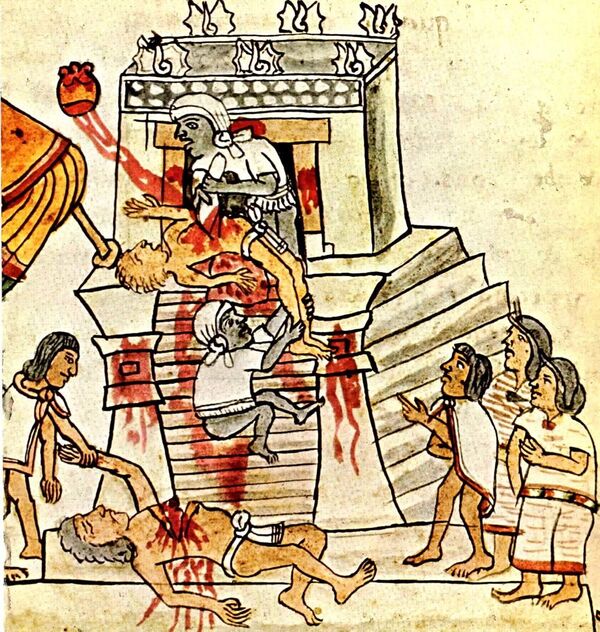
Remnants of Former Glory: A Look Back at Enigmatic Aztec Civilisation
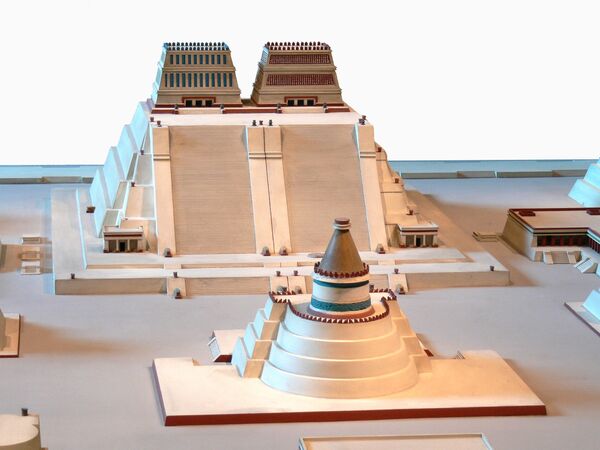
Remnants of Former Glory: A Look Back at Enigmatic Aztec Civilisation
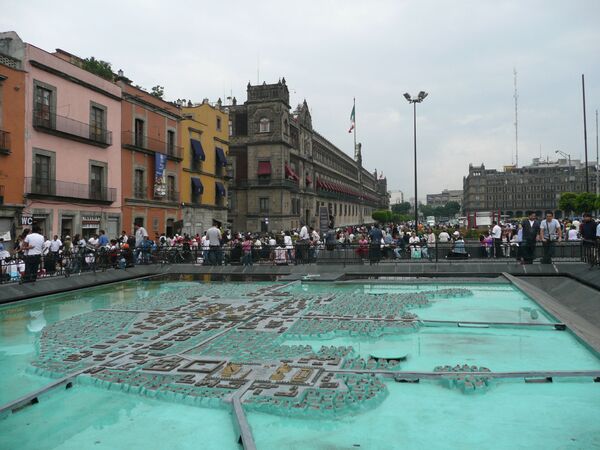
Remnants of Former Glory: A Look Back at Enigmatic Aztec Civilisation
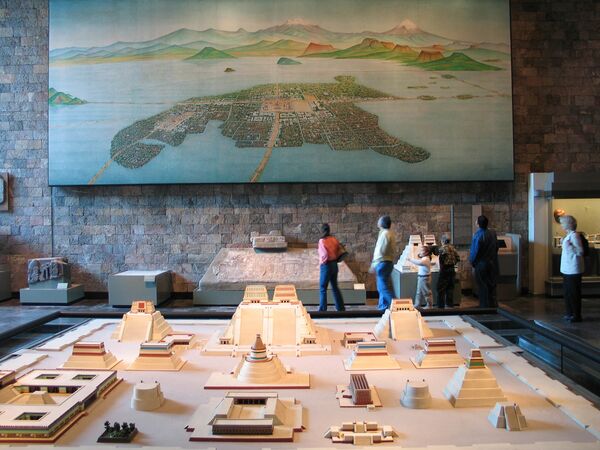
Model of Tenochtitlan
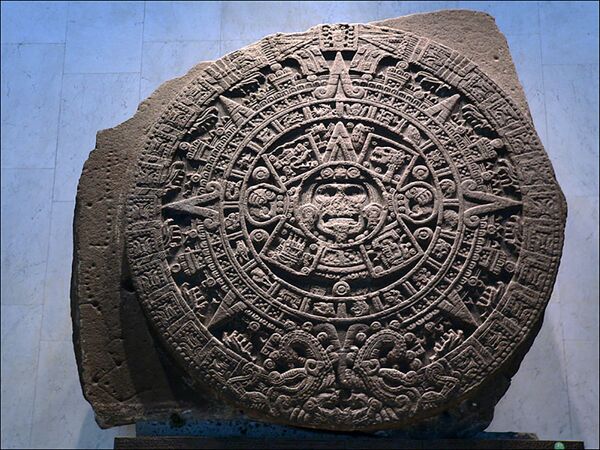
Remnants of Former Glory: A Look Back at Enigmatic Aztec Civilisation
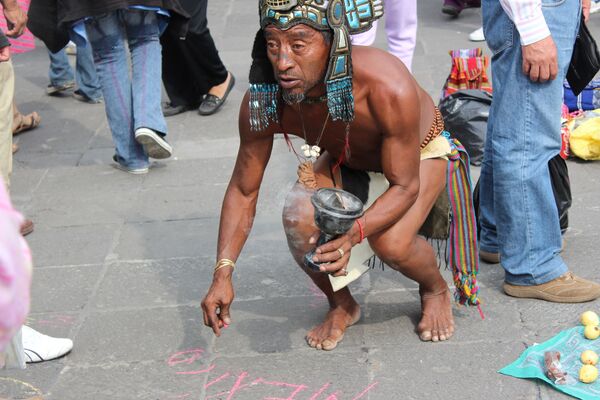
Modern-day descendant of the Aztecs
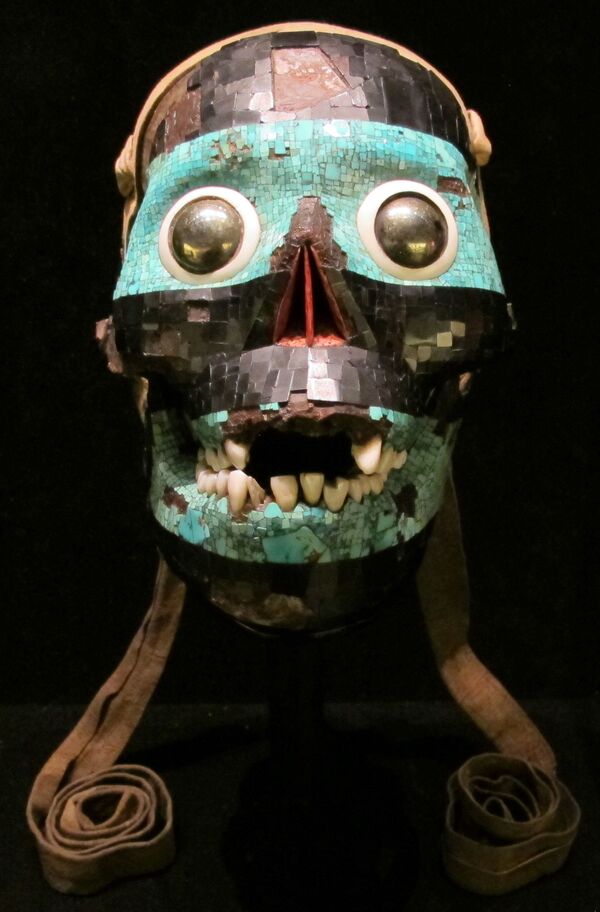
12/17
An Aztec mask decorated with turquoise mosaic, 1400-1521
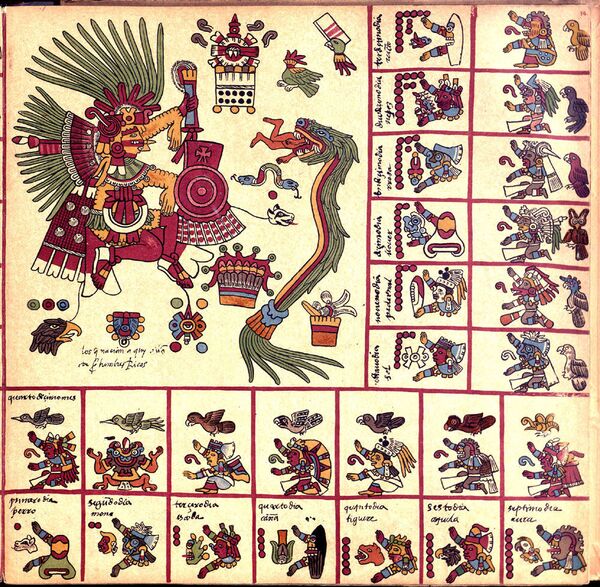
Page 12 of the Codex Borbonicus, (in the big square): Tezcatlipoca (night and fate) and Quetzalcoatl (feathered serpent); before 1500; bast fibre paper; height: 38 cm, length of the full manuscript.

Photo of an Aztec double-headed serpent, turquoise chest ornament.
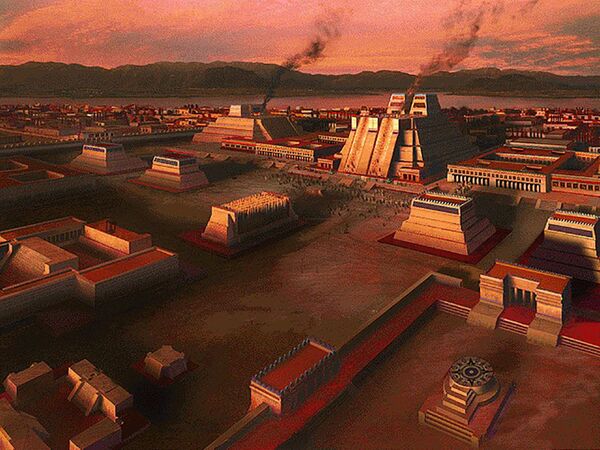
Remnants of Former Glory: A Look Back at Enigmatic Aztec Civilisation
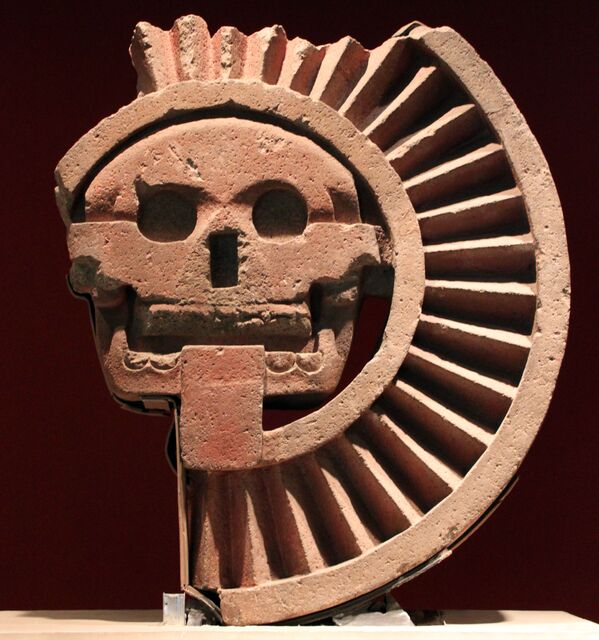
16/17
Mictlantecuhtli; Aztec God of the Dead, found in Teotihuacan; shown at the National Museum of Anthropology, Mexico City.

Remnants of Former Glory: A Look Back at Enigmatic Aztec Civilisation

